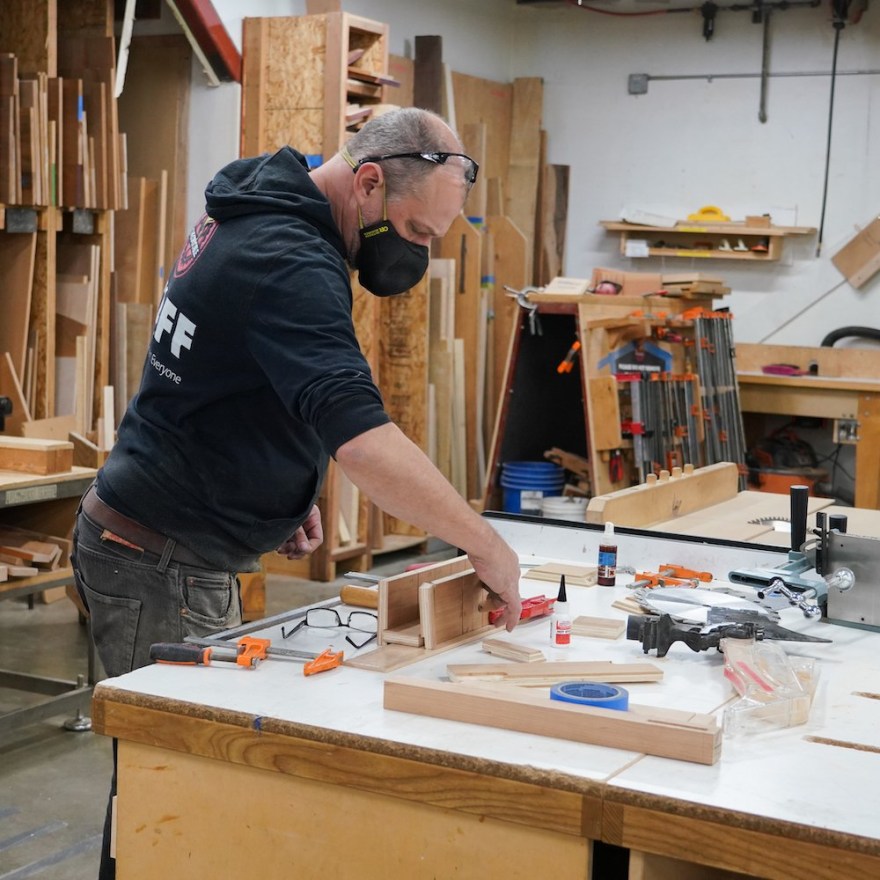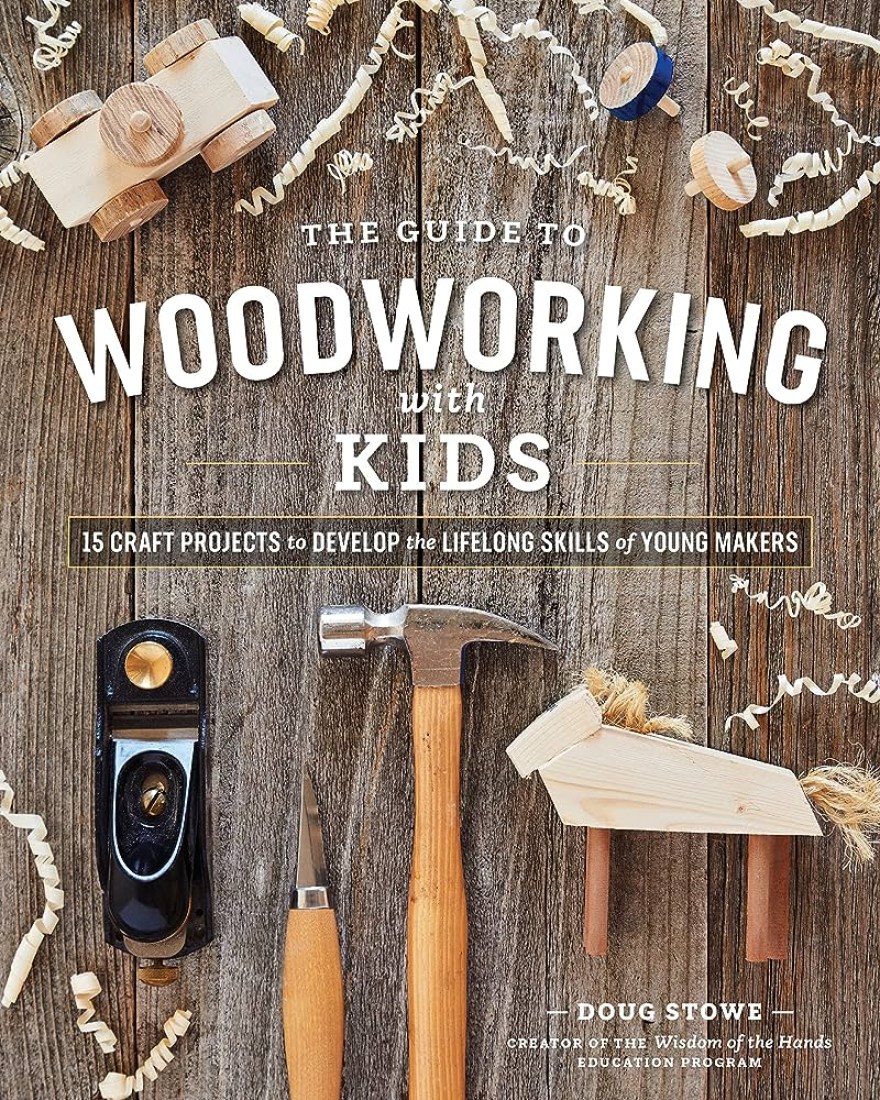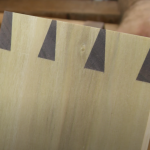Unleash Your Creativity With Our Comprehensive Craft Woodworking Education Program
The Art of Craft Woodworking Education: A Journey into Creativity and Skill
Woodworking has always been celebrated as a timeless craft, a skill that requires both precision and creativity. The ability to transform a simple piece of wood into a beautiful and functional object is truly an art form. Craft woodworking education offers enthusiasts and beginners alike an opportunity to learn and master this traditional craft. In this article, we will explore the world of craft woodworking education, its benefits, and why it has become a popular choice for those seeking a hands-on creative experience.
What is Craft Woodworking Education?
Craft woodworking education is a specialized form of education that focuses on teaching individuals the skills and techniques needed to work with wood. This includes understanding different types of wood, using various tools, and mastering woodworking methods such as joinery, carving, and finishing. Craft woodworking education provides a structured learning environment where students can gain practical knowledge and develop their artistic abilities.
2 Picture Gallery: Unleash Your Creativity With Our Comprehensive Craft Woodworking Education Program


Who Can Benefit from Craft Woodworking Education?
Craft woodworking education is suitable for anyone with an interest in working with wood, regardless of their age or experience level. Whether you are a complete beginner looking to explore a new hobby or an experienced woodworker seeking to refine your skills, craft woodworking education offers something for everyone. It is a great opportunity for individuals who appreciate hands-on learning and have a passion for creating beautiful objects.
When and Where Can You Learn Craft Woodworking?

Image Source: thecrucible.org
Craft woodworking education can be pursued both in formal educational institutions and through private workshops or classes. Many trade schools, community colleges, and universities offer woodworking programs and courses that cater to different skill levels. Additionally, there are numerous private woodworking studios and workshops where instructors provide personalized instruction and guidance. The availability of craft woodworking education varies depending on your location, but with the rise of online learning platforms, it is now possible to learn woodworking from the comfort of your own home.
Why Choose Craft Woodworking Education?
Craft woodworking education offers a unique learning experience that combines practical skills with artistic expression. Here are a few reasons why choosing craft woodworking education can be a rewarding decision:
Unleash your creativity: Woodworking allows you to bring your ideas to life and create unique, custom-made pieces that reflect your personal style.
Develop problem-solving skills: Woodworking challenges you to think critically and find solutions to design and construction problems.
Gain a sense of accomplishment: Completing a woodworking project, whether it is a small decorative item or a piece of furniture, provides a great sense of satisfaction and pride.
Connect with a community: Craft woodworking education often brings together like-minded individuals who share a passion for the craft. It provides an opportunity to connect, learn from others, and collaborate on projects.

Image Source: media-amazon.com
How Does Craft Woodworking Education Work?
In a craft woodworking education program, students are introduced to the basics of woodworking, including tool usage, safety guidelines, and fundamental techniques. As they progress, they learn more advanced skills and methods, such as joinery techniques, woodworking design principles, and the use of specialized tools. Craft woodworking education typically involves hands-on practice, where students work on projects under the guidance of experienced instructors. This practical approach allows for a deeper understanding of the craft and fosters skill development.
Frequently Asked Questions (FAQ) about Craft Woodworking Education
Q: Is prior experience necessary to enroll in craft woodworking education?
A: No, craft woodworking education caters to individuals of all skill levels, including beginners. Instructors provide step-by-step guidance and support throughout the learning process.
Q: What tools are typically used in craft woodworking?
A: Craft woodworking involves a variety of hand tools and power tools, including saws, chisels, planes, drills, and sanders.
Q: Can I make a career out of craft woodworking?
A: Yes, craft woodworking can lead to various career opportunities, such as furniture making, cabinetry, and restoration work. Many woodworking enthusiasts also turn their passion into a successful business.
Types, Size, and Material in Craft Woodworking Education
Craft woodworking education covers a wide range of woodworking disciplines, each with its own unique characteristics. Some of the most common types of woodworking include:
Cabinetmaking: This discipline focuses on building furniture and cabinets, often involving intricate joinery and precise construction techniques.
Woodturning: Woodturning involves shaping wood on a lathe to create symmetrical objects such as bowls, vases, and spindles.
Carving: Wood carving is the art of shaping wood using various hand tools to create intricate, decorative designs.
Scrollsawing: Scrollsawing is a technique used to cut intricate patterns and designs in thin wood using a specialized saw.
Woodworking projects can vary greatly in size, ranging from small decorative items to large furniture pieces. The choice of material depends on the desired outcome and the project’s functional requirements. Common materials used in woodworking include hardwoods such as oak, cherry, and walnut, as well as softwoods like pine and cedar.
Pros and Cons of Craft Woodworking Education
Like any educational endeavor, craft woodworking education has its advantages and disadvantages:
Pros:
Opportunity for self-expression and creativity
Learn valuable skills that can be applied to various projects
Possibility of turning woodworking into a fulfilling career
Connection with a supportive community of fellow woodworkers
Cons:
Requires investment in tools and materials
May involve physical labor and potential safety risks
Learning curve to master advanced techniques
Conclusion: Embrace the Art of Craft Woodworking Education
Craft woodworking education is a gateway to a world of creativity, skill, and self-expression. Whether you are drawn to the beauty of handcrafted furniture or the joy of shaping wood into unique designs, craft woodworking education offers a fulfilling and enriching experience. By enrolling in craft woodworking education, you embark on a journey that not only equips you with practical woodworking skills but also brings you closer to a community of passionate artisans. So, pick up your tools, unleash your creativity, and let craft woodworking education guide you towards a lifetime of artistic fulfillment.
This post topic: Crafts


